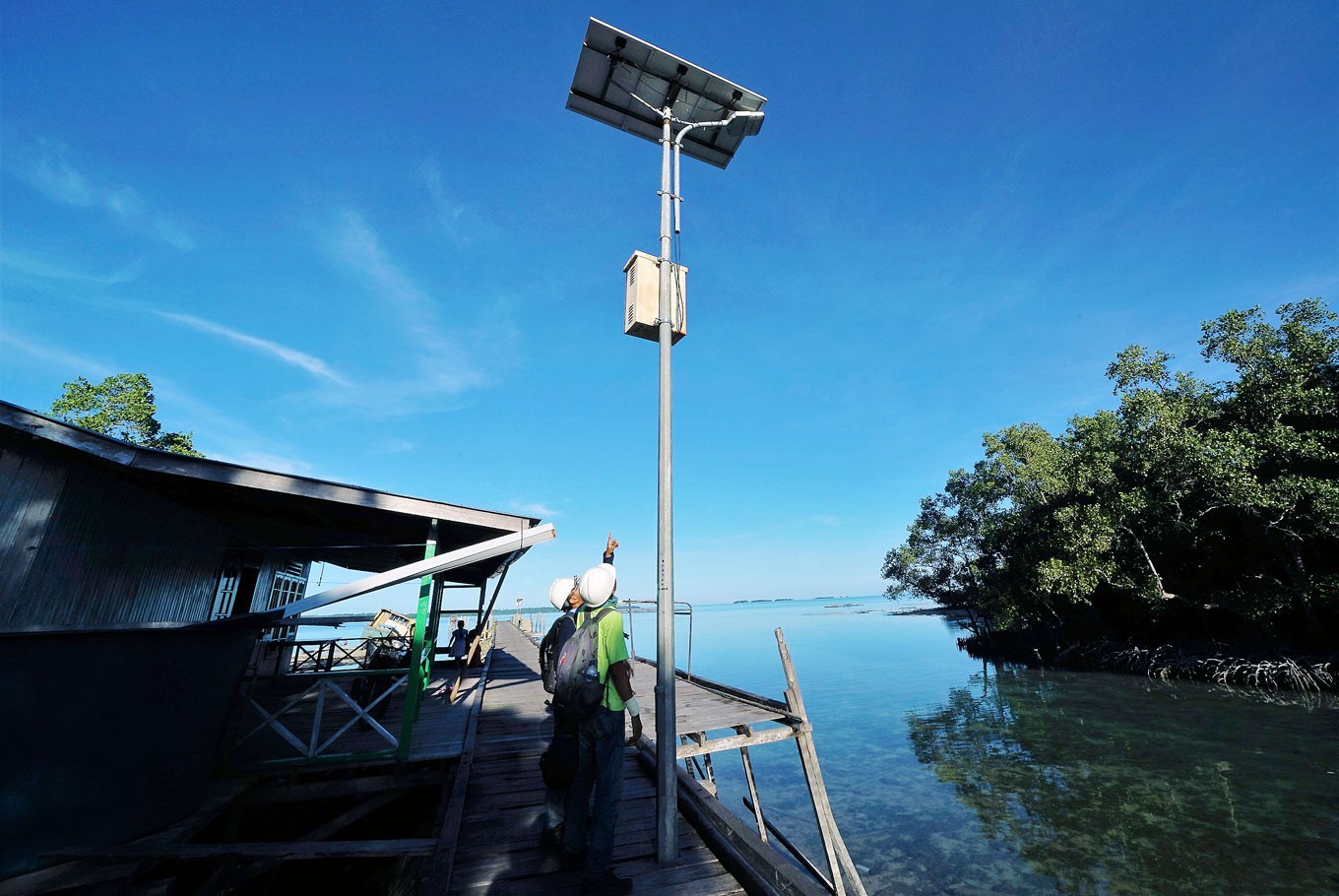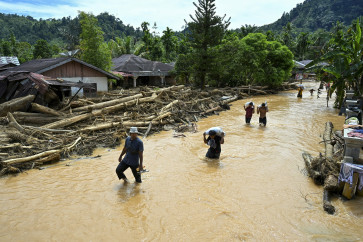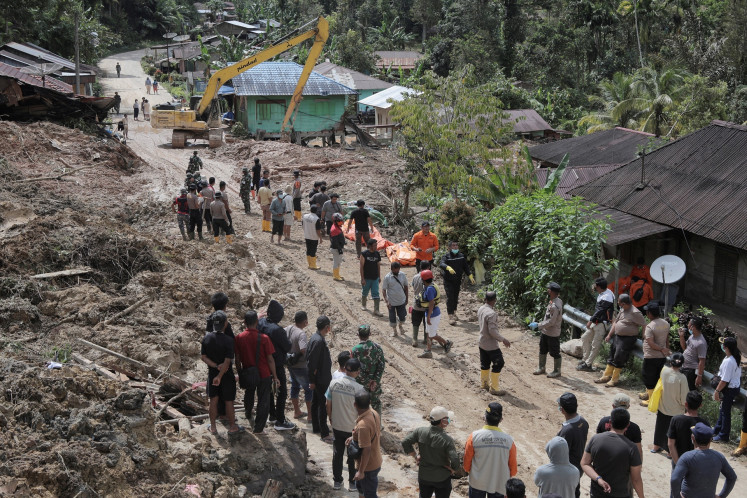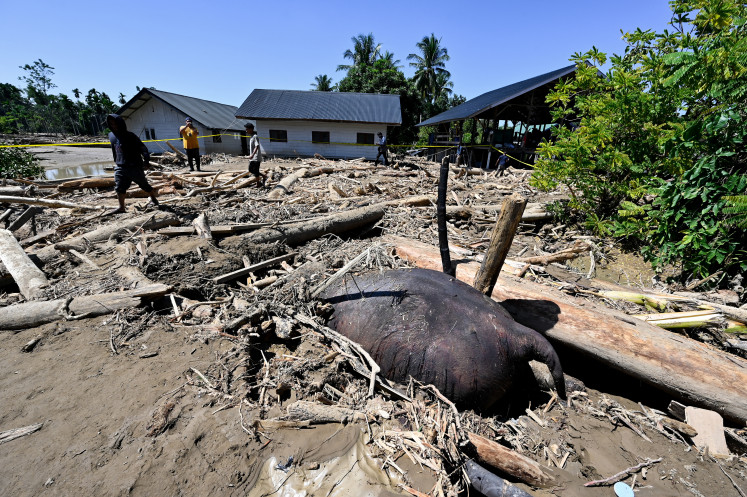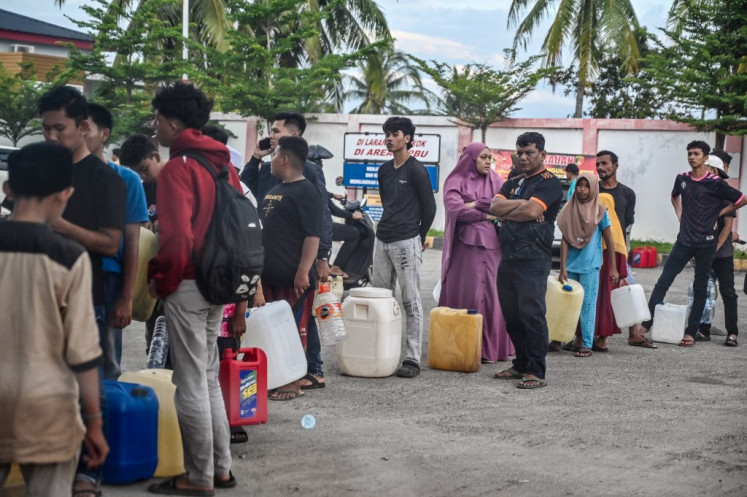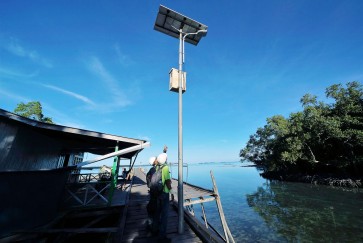Popular Reads
Top Results
Can't find what you're looking for?
View all search resultsPopular Reads
Top Results
Can't find what you're looking for?
View all search resultsWhere are we in climate-resilient PPP infrastructure projects?
Incorporating a comprehensive framework on climate resilience, including instruments for adaptation and risk mitigation, can drive public-private partnerships in developing climate-resilient infrastructure so we get it right the first time.
Change text size
Gift Premium Articles
to Anyone
I
nfrastructure assets are typically known as lifetime investments, as they require years to build and operate. Given the “irreversible” nature of investments, a wider pool of circumstances and risks need to be anticipated. In relation to this, governments and businesses need to consider how to create infrastructure assets that are resilient to future climate risks.
So, what is climate resilience and why is it vital? Let's use examples from what we're currently seeing now around the globe. We have been experiencing higher temperatures, which leads to increased demand for water and electricity and also causes drought, which leads to a shortage of water and hydroelectricity.
Other calamities, such as heavy rains and floods, might affect the electricity supply from intermittent sources such as solar, damage infrastructure (schools, housing, etc.), and cause wide business disruption. These are the climate change risks that governments and businesses will need to consider and plan for, going forward.
The fact is, climate risks are still rarely considered and assessed in infrastructure projects, and no one is responsible for assuming and adapting to such risks, although Indonesia has an environmental regulatory framework. Under this framework, investors are required to prepare an environmental impact assessment review and meet certain waste management requirements.
Pollution and waste emissions, discharge or dumping are permitted, subject to strict licensing and environmental quality standards. However, these do not address the ability of investments to survive not only today's climate patterns, but also future climate change. Being environmentally compliant in an isolated manner is not enough to deal with the climate risks.
Climate resilience is the approach to reducing the exposure of infrastructure to climate-related risks by improving infrastructure’s capacity to adapt to climate change. This approach adds resilience measures throughout the planning, design and construction stages as well as during the operation of infrastructure to adapt to changing climate conditions (OECD 2018).
In its Resilience Rating System, the World Bank highlights the difference between one, resilient infrastructure (the resilience of infrastructure) and two, infrastructure for resilience (resilience through infrastructure outcomes). The publication focuses on the former, which emphasizes the extent to which governments and business actors have considered climate and disaster risks.

